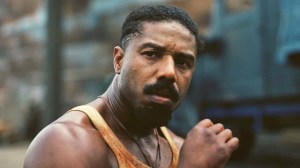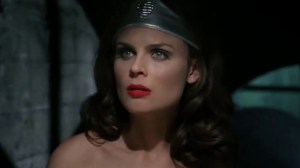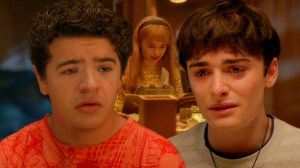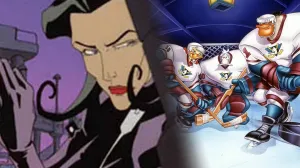Horror is a genre that thrives on atmosphere, and few things create a more suffocating sense of dread than the past. The massive critical and commercial success of Ryan Coogler’s Sinners is a powerful testament to this enduring appeal. Released in April 2025 with a modest marketing campaign, Sinners became a box office juggernaut, earning over $364 million worldwide against a production budget of approximately $90 million. In addition to making a lot of money, Coogler’s latest has been hailed by critics and is considered a major Oscar contender. The film’s success lies in its masterful use of its period setting. Starring Michael B. Jordan in a dual role as twin brothers, Sinners uses the very real systemic horrors of the 1930s Jim Crow-era South to ground its supernatural threats.
Videos by ComicBook.com
On the trail of Sinners‘ success, this list celebrates the best of period horror, movies that transport viewers to another era only to trap them in a nightmare. The selections here are films where the historical context is essential to the horror itself, using the beliefs, aesthetics, and inherent isolation of their periods to amplify the terror. From windswept colonial farms to fog-drenched Victorian streets, these are ten films that, like Sinners, tell a great scary story anchored in the past.
1) The Witch
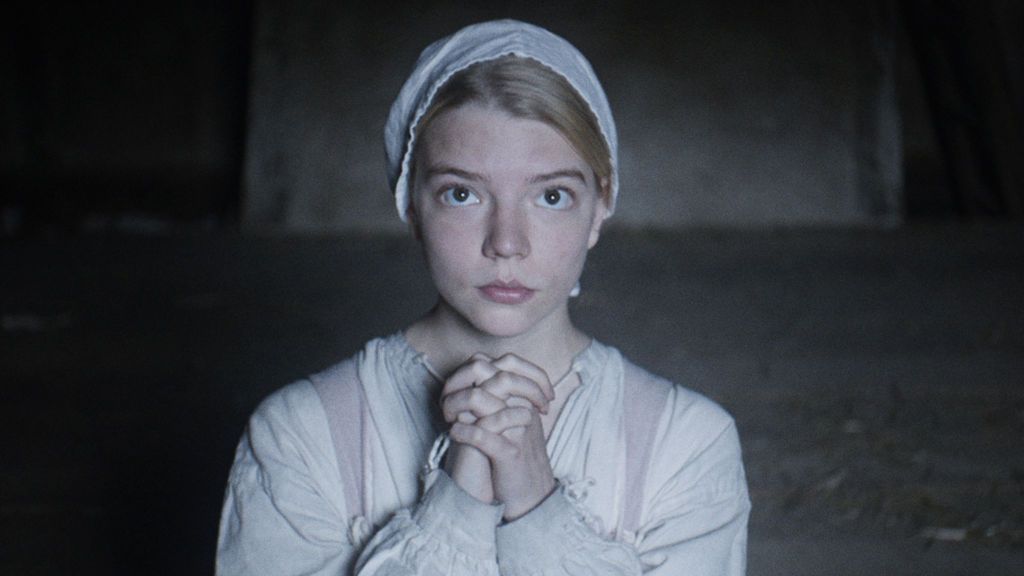
Robert Eggers’ stunning 2015 debut feature, The Witch, is a descent into religious paranoia and folkloric terror set in 1630s New England. The film follows a Puritan family who, after being banished from their colonial plantation, attempts to build a new life on the edge of a foreboding forest. Led by the devout patriarch William (Ralph Ineson) and his wife Katherine (Kate Dickie), the family’s faith is tested when their newborn son vanishes. As suspicion and hysteria mount, the family begins to turn on their eldest daughter, Thomasin (Anya Taylor-Joy), blaming her for the dark presence that torments them.
What makes The Witch a masterpiece of period horror is its unwavering commitment to historical authenticity. Eggers, who co-wrote the script, drew heavily from historical journals, diaries, and court records to create dialogue that is true to the 17th century. This immerses the viewer completely in the Puritan mindset, where the supernatural is an accepted reality. In addition, the horror stems not just from the sinister forces in the woods but from the family’s own unshakeable belief system, which turns them against each other. As a result, The Witch is a film where the historical setting itself becomes the antagonist.
2) The Lighthouse
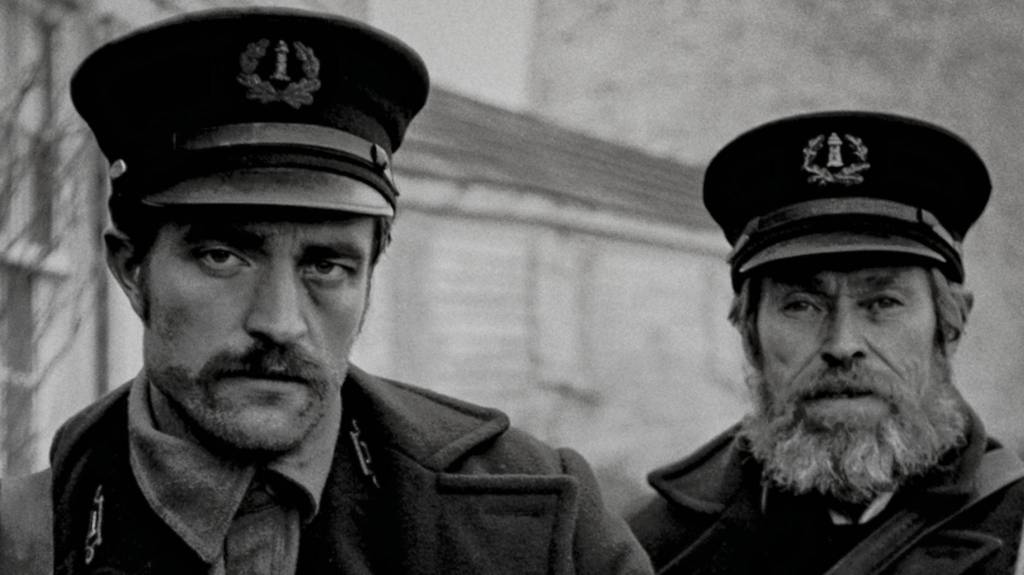
Another masterwork of historical dread from director Robert Eggers, The Lighthouse strands two lighthouse keepers on a remote New England island in the 1890s. The film chronicles the psychological collapse of the veteran keeper Thomas Wake (Willem Dafoe) and his new subordinate, Ephraim Winslow (Robert Pattinson), as they battle storms, isolation, and their decaying sanity. Shot in stark black-and-white and a claustrophobic aspect ratio, the film is a fever dream of maritime myths, simmering resentments, and hallucinatory horror, leaving audiences to question what is real and what is a product of madness.
The Lighthouse excels as a period piece by using its historical setting to create a world devoid of any modern comforts or escape. The 19th-century backdrop, with its reliance on oil lamps and foghorns, feels both authentic and profoundly alien. The film’s horror is deeply rooted in the lonely and brutal reality of the keepers’ existence, a life that breeds suspicion and insanity while forcing them to confront their darkest desires and the power struggle inherent to many male relationships. As such, The Lighthouse is a perfect example of how a historical setting can be used to trap characters in a psychological pressure cooker, making their descent into madness feel not only plausible but terrifyingly inevitable.
3) The Others

Alejandro Amenábar’s The Others drips with gothic atmosphere, set in a cavernous manor on the isolated island of Jersey in 1945, just after the end of World War II. The film stars Nicole Kidman in a powerful performance as Grace Stewart, a devoutly religious mother who is waiting for her husband to return from the war. Her two children suffer from a rare photosensitivity, forcing them to live in near-total darkness. When three mysterious servants arrive to help manage the house, their presence coincides with a series of strange and increasingly frightening occurrences, leading Grace to believe her home is haunted.
The post-war setting is crucial to the film’s suffocating sense of grief and isolation, making The Others a superb work of period horror. The ever-present fog that shrouds the mansion serves as a physical manifestation of Grace’s uncertainty and sorrow, trapping her in a world of memories and shadows. The film uses its 1940s backdrop to create a story where faith collides with trauma, and the horror comes not from jump scares, but from a creeping dread. Thanks to its twist ending and dedication to its setting, The Others proves that some of the most effective ghost stories are those rooted in a specific historical moment of loss and waiting.
4) Bram Stoker’s Dracula
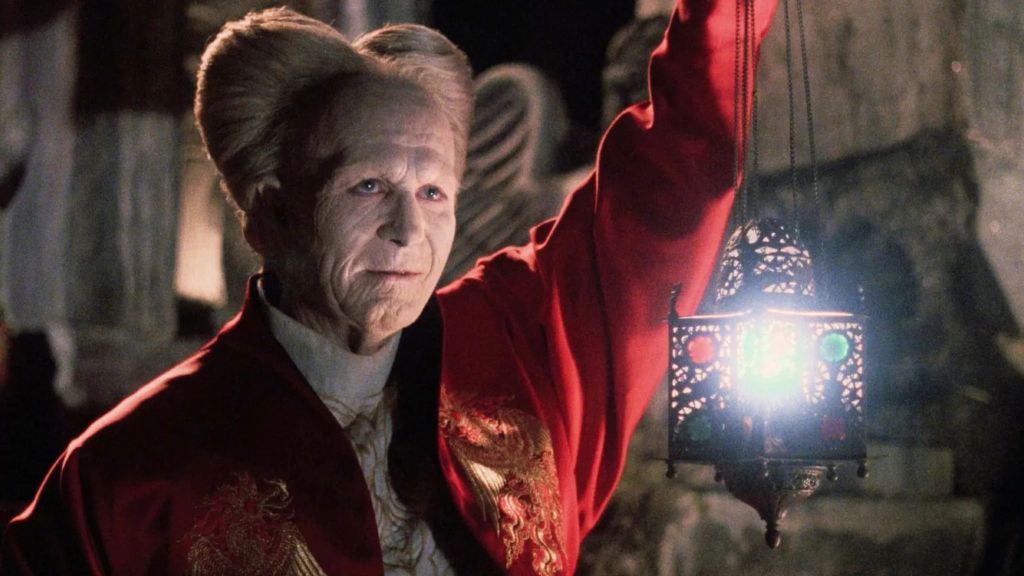
Francis Ford Coppola’s opulent 1992 film Bram Stoker’s Dracula is a cinematic feast, bringing the classic vampire novel to life with breathtaking style. The film begins when the young solicitor Jonathan Harker (Keanu Reeves) travels to Count Dracula’s (Gary Oldman) castle in the Carpathian Mountains in 1897. After discovering his host’s monstrous nature, Harker becomes a prisoner, while the Count travels to London to pursue Harker’s fiancée, Mina (Winona Ryder), whom he believes to be the reincarnation of his long-lost love. This prompts a desperate hunt led by the eccentric Professor Van Helsing (Anthony Hopkins), who joins forces with Harke to stop the ancient evil.
Coppola’s adaptation is a brilliant piece of period horror because it fully embraces the gothic romanticism and repressed sensuality of its Victorian setting. The director famously chose to create the film’s visual effects in-camera, using techniques from the early days of cinema to give the movie an authentically classic feel. This approach, combined with lavish costumes and a shadow-drenched aesthetic, creates a version of 1897 London that is both beautiful and deeply menacing. This approach ensures Bram Stoker’s Dracula becomes a story where the old world, full of monsters and dark passions, violently collides with the modern age.
5) Sleepy Hollow
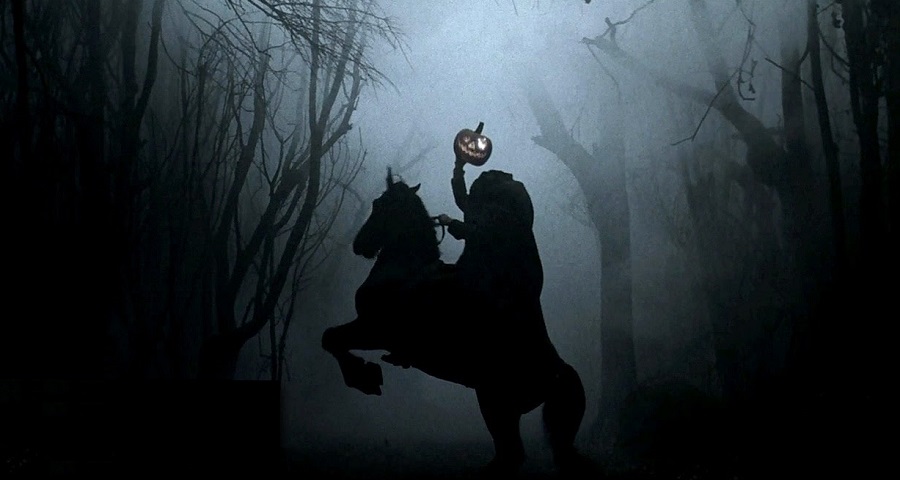
Tim Burton’s Sleepy Hollow is a bloody and beautiful gothic fairy tale set in 1799. In the movie, Johnny Depp stars as Ichabod Crane, a New York City constable who prides himself on his scientific approach to crime-solving. He is dispatched to the remote upstate village of Sleepy Hollow to investigate a series of gruesome decapitations that the terrified locals attribute to the ghost of a Hessian mercenary known as the Headless Horseman. As Ichabod begins his investigation, aided by the enigmatic Katrina Van Tassel (Christina Ricci), he is forced to confront a supernatural reality that defies all of his rational beliefs, a thematic core that elevates the scary story.
Sleepy Hollow‘s strength as a period piece comes from its gorgeous and spooky recreation of a colonial American town steeped in superstition. Burton uses the 1799 setting to highlight the clash between Enlightenment-era logic and deeply ingrained folklore, a conflict embodied by Ichabod himself. Furthermore, the muted color palette, twisted trees, and ever-present fog create an unforgettable atmosphere of autumnal dread. Sleepy Hollow is a perfect blend of creature feature and historical mystery, using its setting to craft a world where campfire ghost stories feel real.
6) The Devil’s Backbone
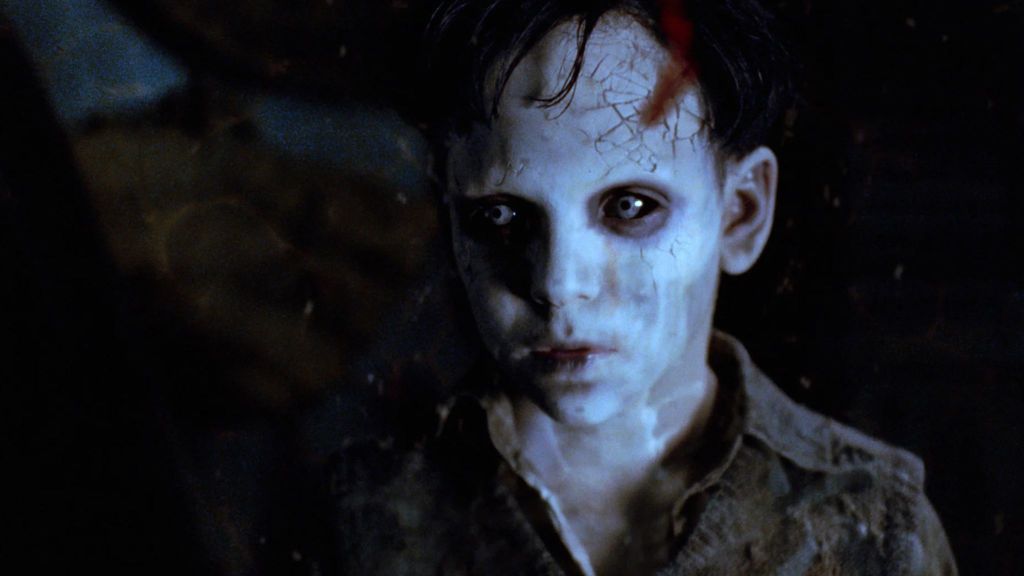
Set during the final year of the Spanish Civil War in 1939, Guillermo del Toro’s The Devil’s Backbone is a deeply moving ghost story that’s less scary than it is emotional. After his father is killed in the fighting, a young boy named Carlos (Fernando Tielve) is brought to a remote orphanage. Soon, he discovers that the institution is haunted by the ghost of a boy named Santi (Junio Valverde), who was murdered on the grounds. As Carlos uncovers the dark secrets of the orphanage’s adult inhabitants, he learns that the living, driven by greed and war, can be far more dangerous than the dead.
The Devil’s Backbone is a phenomenal work of period horror because it intrinsically links its supernatural elements to the real-world tragedy of its historical backdrop. Del Toro has called it a “sister film” to his later masterpiece, Pan’s Labyrinth, as both explore the horrors of fascism through the eyes of children. He’s not wrong, as the Spanish Civil War is more than just a setting in The Devil’s Backbone, infecting every frame of the film to create an atmosphere of profound sorrow. With this early story, Del Toro masterfully demonstrates how historical events can create their own ghosts, making this an emotionally resonant period horror film.
7) Apostle

Gareth Evans’ brutal folk-horror film Apostle is set in 1905 and follows a man on a desperate rescue mission. In the movie, Thomas Richardson (Dan Stevens) travels to a remote Welsh island to retrieve his sister, who has been kidnapped and held for ransom by a mysterious religious cult. Led by the charismatic Prophet Malcolm (Michael Sheen), the island’s inhabitants worship a strange local deity they believe provides their community with unnaturally bountiful harvests. As Thomas infiltrates the cult, he uncovers a grim reality of blood sacrifice, pagan rituals, and a supernatural force far more terrifying than he could have imagined.
The film’s early 20th-century setting is essential to its horror, creating a world that feels completely cut off from the mainland and any hope of outside help. In addition, Apostle uses its period backdrop to explore themes of faith corrupted into fanaticism, trapping its hero in a primitive society. The isolation of the island community, combined with its pre-modern beliefs, makes the descent into violence and depravity feel inescapable, turning Apostle into a relentless movie about the brutality of the past.
8) Ravenous
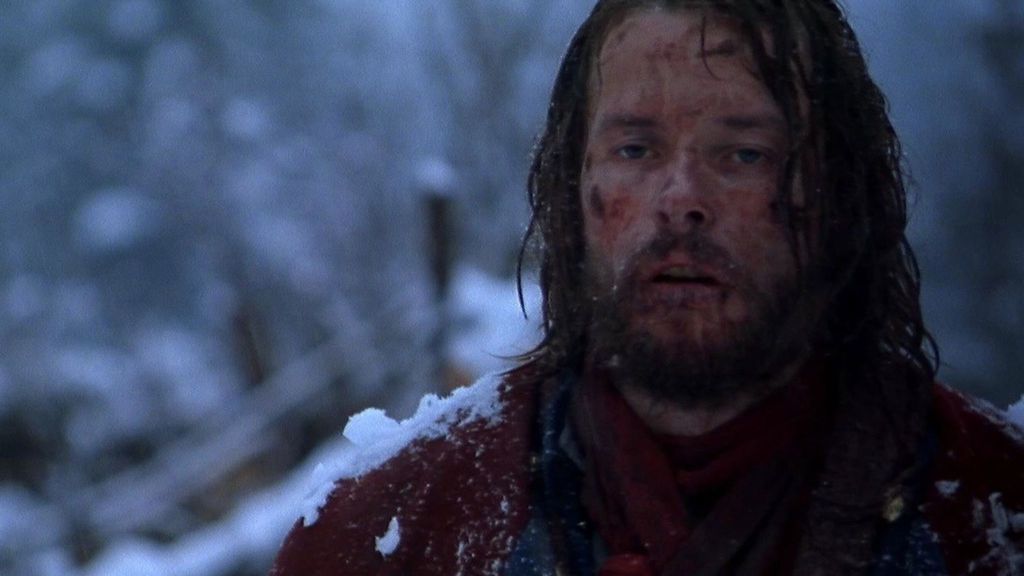
Directed by Antonia Bird, Ravenous is an unsettling blend of horror, dark comedy, and historical drama set in the Sierra Nevada mountains during the 1840s. The film stars Guy Pearce as Captain John Boyd, a disgraced officer from the Mexican-American War who is exiled to a remote military outpost. The fort’s bleak existence is interrupted by the arrival of a half-dead stranger named Colqhoun (Robert Carlyle), who tells a horrific story of his party resorting to cannibalism to survive the winter. When the soldiers investigate his claims, they stumble into a trap that reveals a supernatural horror tied to the consumption of human flesh, based on the Wendigo myth.
Echoing its 1840s Manifest Destiny era, Ravenous explores themes of insatiable hunger and violent expansion through its horror story. The isolation of the fort and the harshness of the winter landscape amplify the sense of paranoia and dread, making the threat of cannibalism feel unnervingly real. It is a chilling story that suggests some monsters are created by the land itself, doubling down as a brilliant period piece that ties the specific horrors of its myth to the brutal realities of westward expansion.
9) The Woman in Black

Based on Susan Hill’s classic 1983 novel, The Woman in Black is a chilling ghost story set in the early 20th century. The film stars Daniel Radcliffe as Arthur Kipps, a young widowed lawyer who is sent to a remote English village to settle the affairs of a recently deceased client. To do so, he must spend time in her isolated mansion, which is connected to the mainland only by a narrow causeway that disappears with the rising tide. He soon learns the locals are terrified of the house and the vengeful spirit that haunts it, a specter whose appearance is always followed by the death of a child.
The movie is a prime example of classic gothic horror, using its Edwardian setting to create an intoxicating sense of decay. Plus, no one can argue that the era, with its gas lamps, steam trains, and rigid social expectations, provides the perfect backdrop for a traditional haunting. The isolation of the Eel Marsh House and the superstitions of the nearby villagers make Arthur’s ordeal feel utterly terrifying, as he is a man of reason trapped in a world governed by supernatural rules, making The Woman in Black a wonderfully atmospheric film that showcases the power of a well-told historical ghost story.
10) Overlord
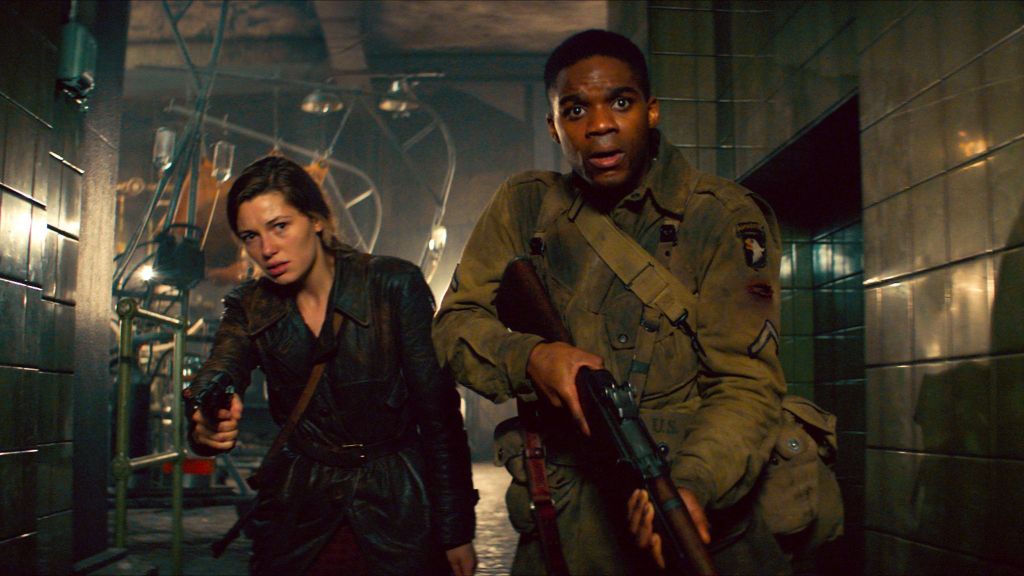
Set on the eve of D-Day during World War II, Overlord is a high-octane blend of war film and body horror. The movie follows a squad of American paratroopers who are dropped behind enemy lines to destroy a German radio tower located in a church in a small French village. After their plane is shot down, the surviving soldiers, led by Corporal Ford (Wyatt Russell) and Private Boyce (Jovan Adepo), discover that the Nazis are using the church for something far more sinister than communications. Deep beneath the ground, they are conducting horrific experiments to create an army of immortal soldiers from a mysterious serum, basically Nazi zombies.
Overlord is a fantastic piece of period horror that uses the very real chaos and violence of WWII as a launchpad for its genre madness. The historical setting provides the story with its stakes and its villains, grounding the grotesque science fiction elements in a recognizable reality. The Nazis’ real-life atrocities were so monstrous that it is not a huge leap to imagine them experimenting with the supernatural, which is why the trope is so present in horror as a whole. Overlord, then, makes the best of its deranged premise to merge the horrors of war with the terrors of a mad scientist’s lab.
What other period horror films do you think belong on this list? Let us know in the comments.

